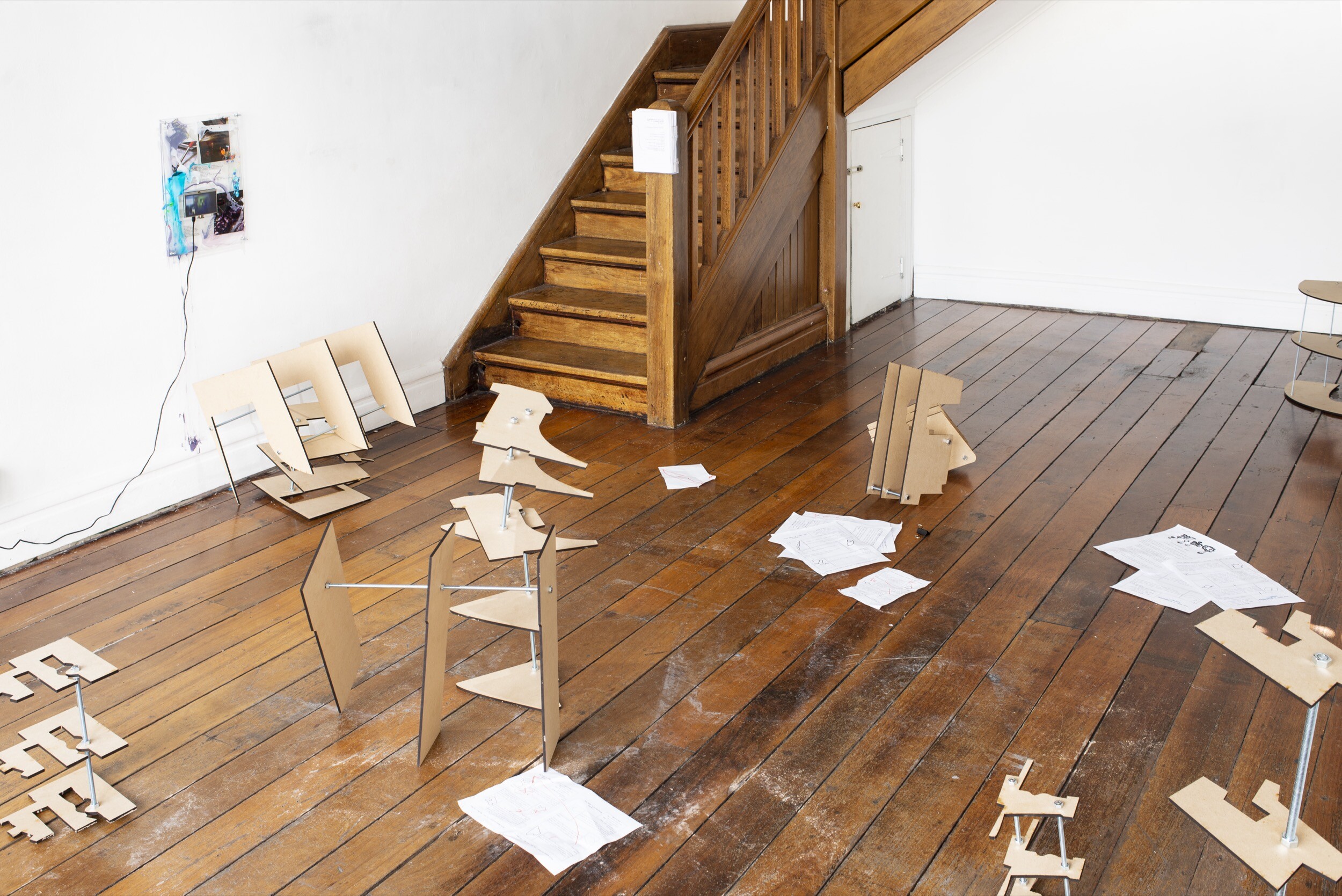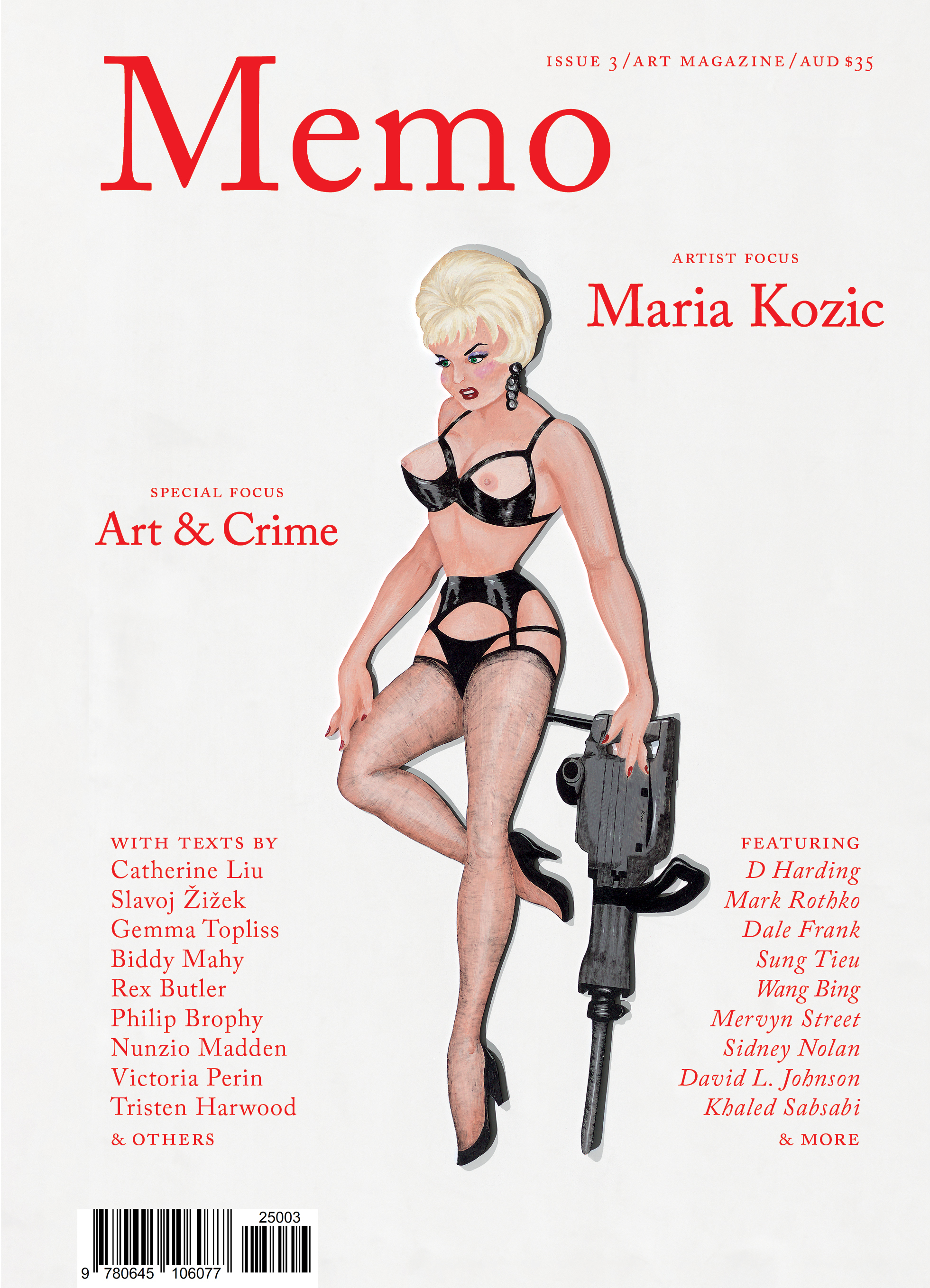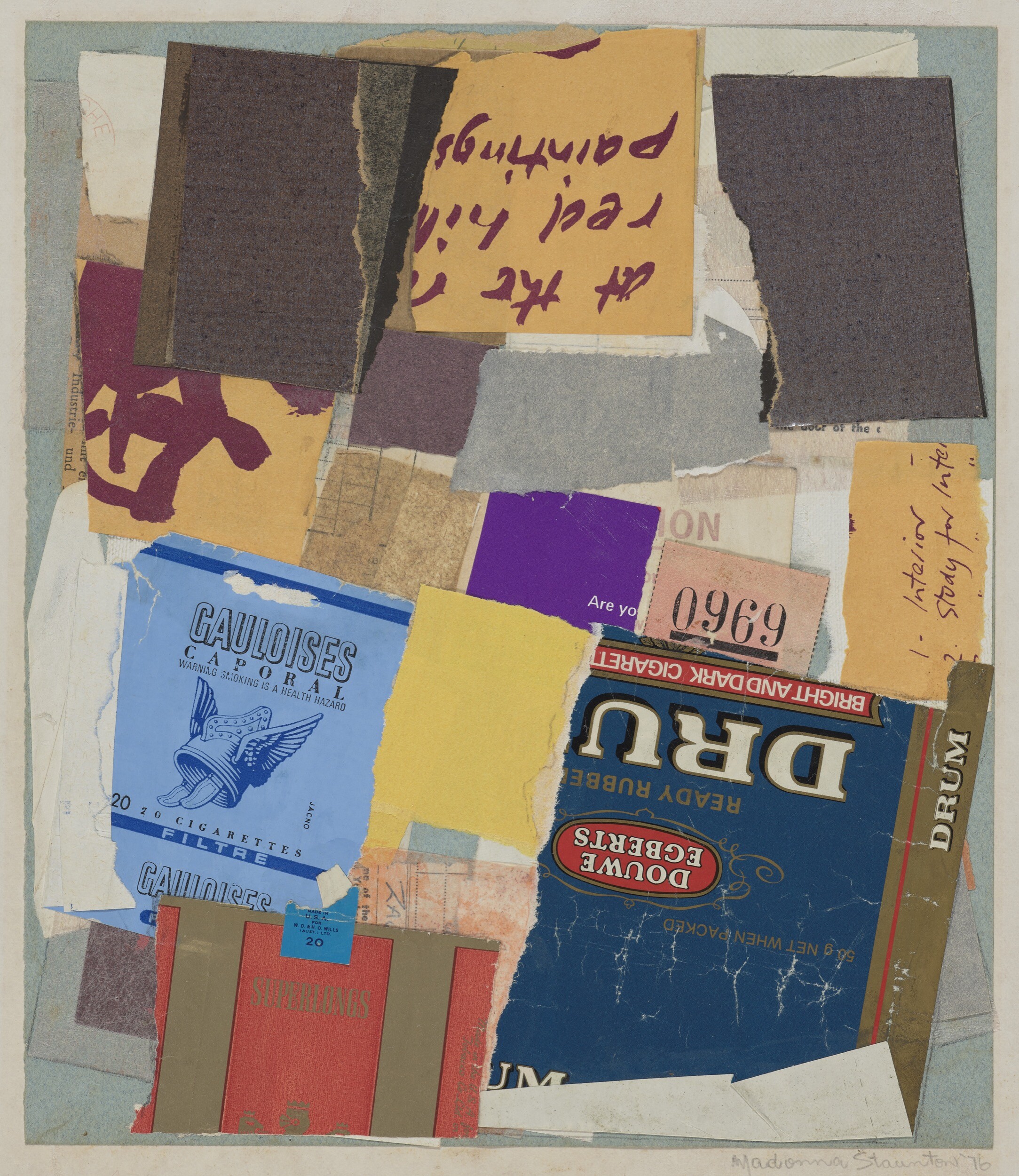MK Matrix
In his essay “The Desire of Maria Kozic,” published in Art & Text’s Winter 1981 issue, critic Adrian Martin highlighted the significance of repetition in Kozic’s work—a repetition not in the tradition of pop art, but one intrinsically linked to desire, as “manifested through … multiplication, flow, (and) intensity.” Repetition has remained central in discussions of Kozic’s work, but here, I want to introduce a related yet distinct concept: the serial. Repetition can be seen in the industrially reproduced blocks of Minimalist art or in two different prints from the same Warhol screen. It operates through sameness—by reproducing a singular thing over and over, it either intensifies or numbs its essence. The serial, by contrast, implies multiplicity. Rather than a single entity repeated, it consists of a group of individual works that share a common origin—like a series of panels in a comic. The serial is defined by progression, unfolding as a sequence, whereas repetition is a meditation on a single form. If repetition is the clone, then the serial is the mutant. The serial is closer to the concept of siblings—distinct yet connected, evolving rather than merely recurring.2
Exclusive to the Magazine
MK Matrix by Gemma Topliss is featured in full in Issue 3 of Memo magazine.
Get your hands on the print edition through our online shop or save up to 20% and get free domestic shipping with a subscription.
Related
Whether collaboration has a “future” raises a deeper question as to how collaboration can stake a claim on the future as such.
“There’s no path for the magazine to restore trust in its current ownership.” David Velasco and Kate Sutton reflect on the situation with Artforum and its Summer 2024 issue.



